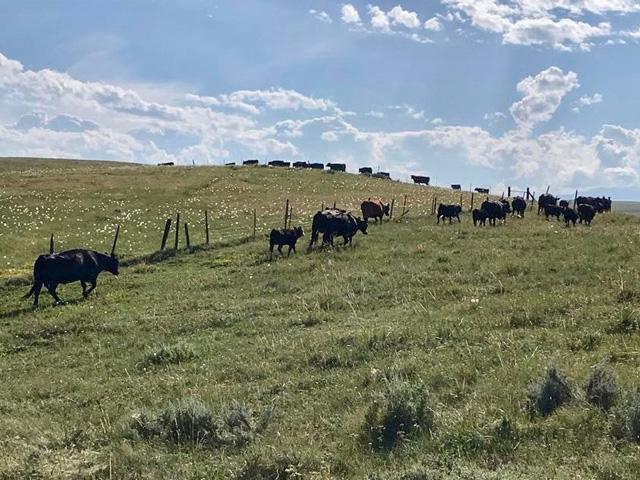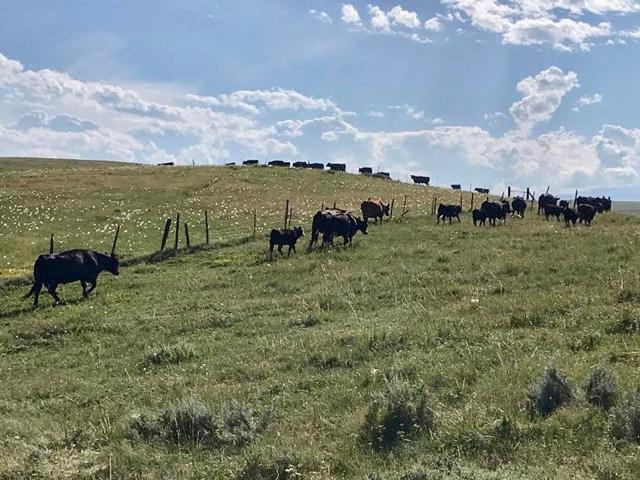Sort & Cull
Friday's Midyear Cattle Inventory Report Anxiously Awaited
As cattlemen flip their calendars to the week ahead, it's apparent that this week is going to have a big influence on the market and is one that's going to demand uninterrupted attention.
For starters, the feeder cattle market is going to be pressed to either uphold last week's technical move or pressured to cave below the market's resistance. On July 11, the market roared into the new week with a tremendous amount of support and kept rallying all the way through Wednesday's close, pushing the market to prices not seen since late March. The run came as, fundamentally, the market was being support by aggressive buying in the countryside and as traders had a perfect opportunity to rally with depressed corn prices. The market had also formed a near-perfect head-and-shoulders formation.
Between the Superior Livestock and Western Video Market auctions, the feeder cattle market was well-tested; between the two sales, roughly 346,000 head of cattle traded.
P[L1] D[0x0] M[300x250] OOP[F] ADUNIT[] T[]
As the market approaches the new week, monitoring how the spot August feeder cattle contract treats the trendline of $176 will be key. Maintaining prices above the $176 market is supportive of the contract's bullish rally, but if prices break below the trendline, the head-and-shoulders projected top is in jeopardy.
The futures market will again be influenced by the week's corn prices, and by how cattle sell in the countryside. Northern Livestock Video Auction is hoping its Summertime Classic this week, where 125,000 head of feeder cattle and calves will be marketed, sees the same kind of demand that Superior and Western saw last week.
Along with monitoring the feeder cattle market's performance, cattlemen will keep an eye on Friday's Cattle Inventory report as well as Friday's Cattle on Feed report. The Cattle on Feed report will likely be overshadowed by the highly sought-after inventory report, as everyone is scrounging to pinpoint exactly how many beef cows are left in the market, and to calculate how many calves will be marketed in the 2022 calf crop. Given how many beef cows have been processed this year, it's likely that the beef cow herd inventory is down 2.5% to 3.5%, which would equate total beef cow numbers to the lowest point the industry has seen since 2015.
Thus far in 2022, as of July 3, the industry has slaughtered 2,039,500 head of beef cows, which is 14% higher than what had been processed at this time a year ago and 28% higher than the industry's five-year average. There have only been two weeks in 2022 when packers have processed fewer than 70,000 head of beef cows in a week and three weeks when beef cow processing has exceeded 80,000 head. In 2021, there were only 19 weeks when the market's beef cow slaughter exceeded 70,000 head on a weekly basis, and never once in 2021 did a single week's beef cow slaughter ever reach 80,000 head or more.
So, between monitoring feeder cattle prices and the forthcoming cowherd numbers, it won't be a boring week for the market. If USDA does report that beef cow numbers are down significantly, the feeder cattle market will likely rally despite what corn prices do.
ShayLe Stewart can be reached at ShayLe.Stewart@dtn.com
(c) Copyright 2022 DTN, LLC. All rights reserved.






Comments
To comment, please Log In or Join our Community .